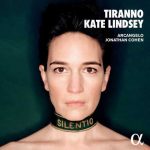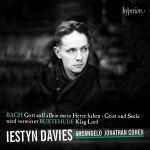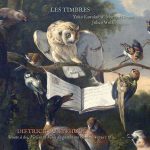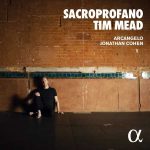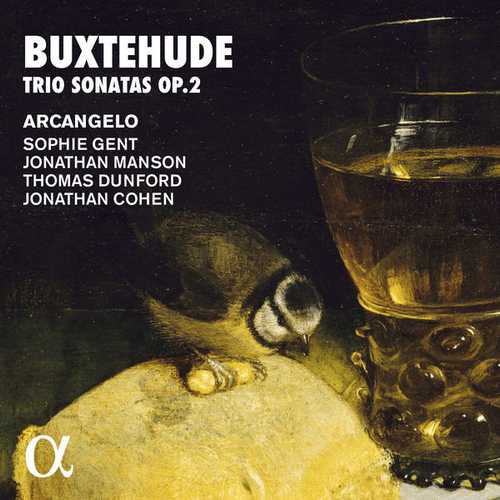

Composer: Dietrich Buxtehude
Performer: Arcangelo
Conductor: Jonathan Cohen
Format: FLAC (tracks)
Label: Alpha
Catalogue: ALPHA738
Release: 2021
Size: 1.37 GB
Recovery: +3%
Scan: yes
01. Trio Sonata in B-Flat Major, BUXWV 259
02. Trio Sonata in D Major, BUXWV 260
03. Trio Sonata in G Minor, BUXWV 261
04. Trio Sonata in C Minor, BUXWV 262
05. Trio Sonata in A Major, BUXWV 263
06. Trio Sonata in E Major, BUXWV 264
07. Trio Sonata in F Major, BUXWV 265
When Danish composer and organist Dietrich Buxtehude (1637-1707) is predominantly remembered and celebrated for his organ and vocal repertoire, it’s very easy to entirely overlook the fact that his two Books of Trio Sonatas are considered to represent some of that genre’s finest achievements. Combining the stylus phantasticus – a free-form style which frequently feels improvisatory, but with tighter-constructed fugues also part of the package – with the similar experimental style of the sonata concertata, these works offer chamber ensembles a multitude of ways to shine. Which was exactly what harpsichordist Jonathan Cohen and his versatile ensemble Arcangelo did in 2017 when they chose the first book for their first recording devoted entirely to instrumental chamber music. Now, the good news is that their presentation of the second book is no less enjoyable.
Published in 1696, this Second Book showcases the musical internationalism – Baltic, Italian, German, English, French – flourishing in the north German city of Lübeck, where Buxtehude spent the latter half of his life as organist at its Marienkirche; and indeed of Hamburg, where the book’s type was set. Its seven Sonatas also display Buxtehude’s own individualism: through unusual instrumentation which pairs the violin not with an instrument of the same tessitura, but instead with the lower, darker-toned viola da gamba; the use of “soggetti” themes whose notes are conversions of alphabetical letters, using solfège; the extreme rhythmic complexity.
All of this is satisfyingly brought off by Cohen and his ensemble. Violinist Sophie Gent and gambist Jonathan Manson are eminently sympathetic partners, dovetailing and contrasting with each other as and when required, and gliding and skipping with utter naturalness through their successions of rhythmical googlies. Thomas Dunford’s lute support is sparklingly musical. Equally worthy of mention is Cohen’s carefully matched harpsichord, which is a gorgeously, daintily full and resonant copy of a double manual French model by Pierre Donzelague, who would have worked with Rameau, and whose Flemish-influenced instruments are the earliest extant examples of full-sized compass French harpsichords.
Add impeccable balancing and polished engineering, and it’s all very enjoyable indeed.
The sonata concertata form is perfectly illustrated in these trios by Dietrich Buxtehude which, according to Peter Wollny constitute ‘a landmark in the history of the sonata’. They provide a better understanding of a composer who has owed his fame chiefly associated to his cantatas and organ works, and to the admiration of the young Johann Sebastian Bach, who walked 400 kilometres to hear him play. After recording Buxtehude’s first set of chamber sonatas (ALPHA367), the musicians of Arcangelo (Sophie Gent, Jonathan Manson, Thomas Dunford and Jonathan Cohen) now revive the pieces from the second collection, published in 1696. It shows the multiple European influences (Baltic, Italian, German, French) that flourished in Lübeck, the north German city where Buxtehude worked as organist of the Marienkirche, but also in Hamburg, where the music was type set.
